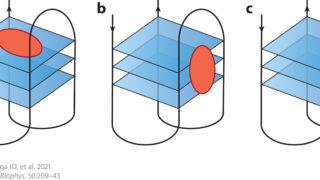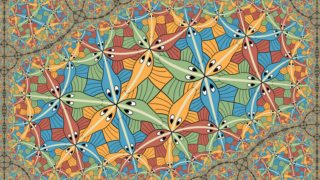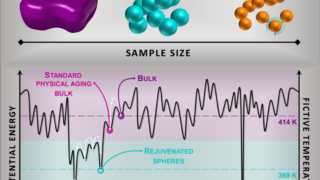
How to model G-quadruplexes
Deoxyribonucleic acid (DNA) is the genetic material of most living organisms, being a major constituent of the chromosomes within the cell nucleus and playing a central role in the determination of hereditary characteristics by controlling protein synthesis in cells. DNA is, thus, a nucleic acid composed of two chains of nucleotides in which there is […]








